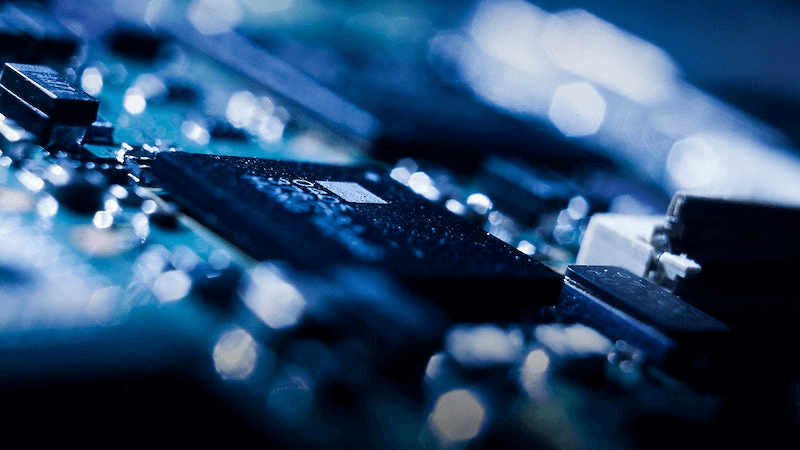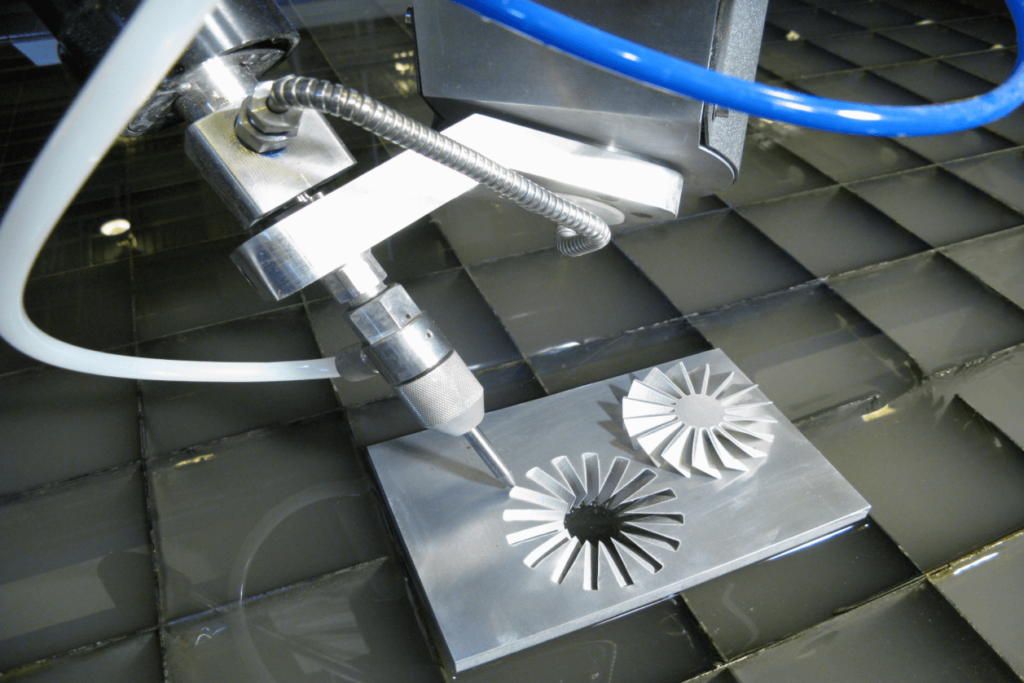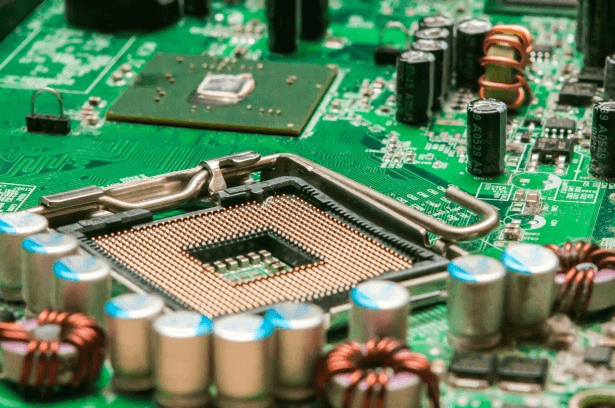
The electronics industry is constantly evolving, and manufacturers are always on the lookout for more efficient, precise, and environmentally friendly ways to produce their products. One such groundbreaking method is waterjet cutting, a versatile technique that has transformed numerous industries. In this comprehensive guide, we’ll explore the applications of waterjet cutting in the electronics industry, highlighting its advantages and the unique ways it’s being utilized to improve production processes. So, buckle up and let’s dive into the world of waterjet cutting.
What is Waterjet Cutting
Waterjet cutting (also known as hydrojet or abrasive jet cutting) is a versatile and highly precise method of cutting various materials using a high-pressure stream of water mixed with abrasive particles. The process is carried out by a computer-controlled machine that directs the waterjet at the target material, resulting in clean, accurate, and smooth cuts without generating heat, which can be detrimental to sensitive electronic components.
Waterjet Cutting Applications in the Electronics Industry

Circuit Board Production
One of the primary applications of waterjet cutting for the electronics industry is the production of printed circuit boards (PCBs). Traditional methods like mechanical drilling and routing can create stress, heat, and contaminants that may impact the functionality of the delicate components. With waterjet cutting, manufacturers can achieve:
- Precise and clean cuts without heat generation or mechanical stress
- Reduction in waste materials, leading to cost savings
- Greater design flexibility and faster prototyping
Semiconductor Fabrication
Another crucial application of waterjet cutting in the electronics industry is semiconductor fabrication. Waterjet technology enables the cutting of semiconductor materials, such as silicon wafers, with minimal material loss and extremely high precision. This results in:
- Enhanced production efficiency
- Reduced material waste and cost savings
- Superior edge quality and precision
Enclosure and Component Manufacturing
Waterjet cutting is also used in the manufacturing of electronic enclosures and components made from various materials, including metals, plastics, and composites. This versatile process offers numerous advantages, including:
- Ability to cut complex shapes and designs
- Minimal material distortion or damage
- Reduced tooling costs
Some specific applications of waterjet cutting in enclosure and component manufacturing include:
- Cutting holes and slots for connectors and switches
- Producing custom gaskets and seals
- Manufacturing heat sinks and other cooling components
Advantages of Waterjet Cutting in the Electronics Industry
Waterjet cutting offers several benefits over traditional cutting methods, especially in the electronics industry, where precision and material integrity are paramount. Some of these advantages include:
- No heat-affected zones (HAZ) that could damage sensitive components
- Greater flexibility in design and material choice
- Environmentally friendly, as it generates no hazardous waste and uses less water compared to other cutting methods
- Faster production times due to reduced setup and tooling requirements
- Reduced material waste, leading to cost savings
Waterjet Cutting Equipment and Maintenance in the Electronics Industry

Selecting the Right Equipment
Choosing the appropriate waterjet cutting equipment is essential for achieving optimal results in the electronics industry. Some factors to consider when selecting a waterjet cutting system include:
- Cutting precision: Ensure that the machine offers the level of precision machining required for your specific applications.
- Material compatibility: Verify that the system can handle the materials commonly used in your industry, such as metals, plastics, and composites.
- Size and capacity: Evaluate the workspace and the size of the materials you will be processing to determine the appropriate machine size and cutting capacity.
Equipment Maintenance and Safety
Regular maintenance and adherence to safety protocols are crucial for maximizing the efficiency and lifespan of waterjet cutting equipment. Some maintenance and safety tips include:
- Following the manufacturer’s recommended maintenance schedule
- Regularly inspecting and replacing worn components, such as nozzles, abrasive feed lines, and high-pressure seals
- Ensuring that operators are adequately trained in machine operation and safety procedures
- Implementing proper waste disposal and recycling practices for used abrasive materials and wastewater
Future Trends and Innovations in Waterjet Cutting for the Electronics Industry
As technology continues to advance, waterjet cutting is poised to become even more valuable in the electronics industry. Some future trends and innovations to watch for include:
- Improved automation and software capabilities: As cutting software becomes more sophisticated, expect to see further advancements in automation and precision, leading to increased efficiency and reduced production times.
- Environmentally friendly innovations: With growing emphasis on sustainability, researchers and manufacturers will continue to develop eco-friendly alternatives for abrasive materials and water treatment systems.
- Advancements in material science: As new materials are developed for use in electronic devices, waterjet cutting technology will need to adapt to meet the cutting requirements of these materials.
Tips for Successful Waterjet Cutting in the Electronics Industry

To ensure success in waterjet cutting applications for the electronics industry, consider the following tips:
- Invest in quality equipment and software: High-quality waterjet cutting machines and software can significantly improve precision and efficiency.
- Optimize your cutting parameters: Adjust water pressure, abrasive flow rate, and cutting speed to achieve optimal results for your specific materials and applications.
- Implement proper material handling procedures: Careful handling of sensitive electronic components and materials during the cutting process can prevent damage and reduce waste.
- Train your operators and staff: Adequate training in machine operation and safety procedures is essential for maximizing productivity and minimizing the risk of accidents.
- Stay informed about industry trends and advancements: Keeping up-to-date with the latest developments in waterjet cutting technology and the electronics industry can help you stay competitive and improve your production processes.
Conclusion: Embracing Waterjet Cutting in the Electronics Industry
The electronics industry is continually evolving, and waterjet cutting has proven to be a valuable asset in its growth. By understanding the applications, advantages, and future trends of waterjet cutting, electronics manufacturers can make informed decisions and embrace this cutting-edge technology to enhance their production processes. Implementing waterjet cutting can lead to increased efficiency, reduced waste, and higher-quality products, solidifying the place of this versatile and precise cutting method in the electronics industry for years to come.